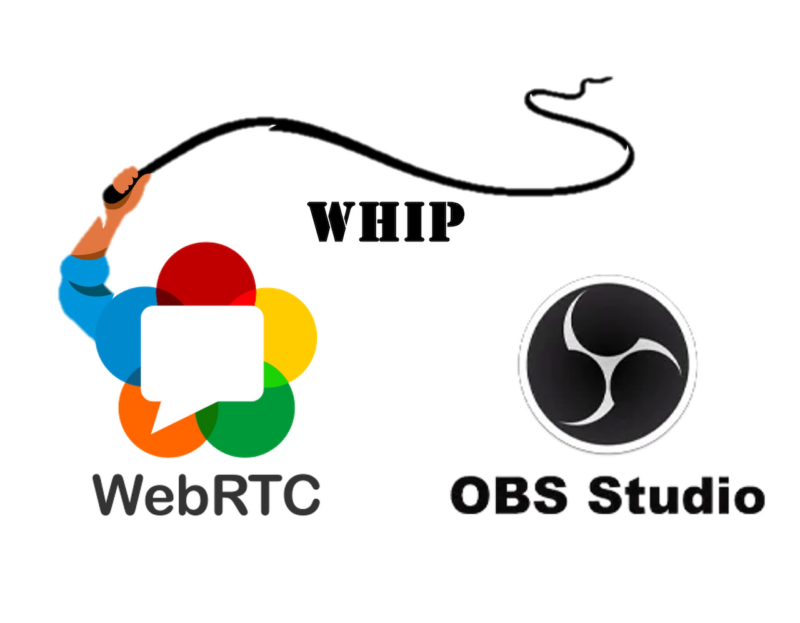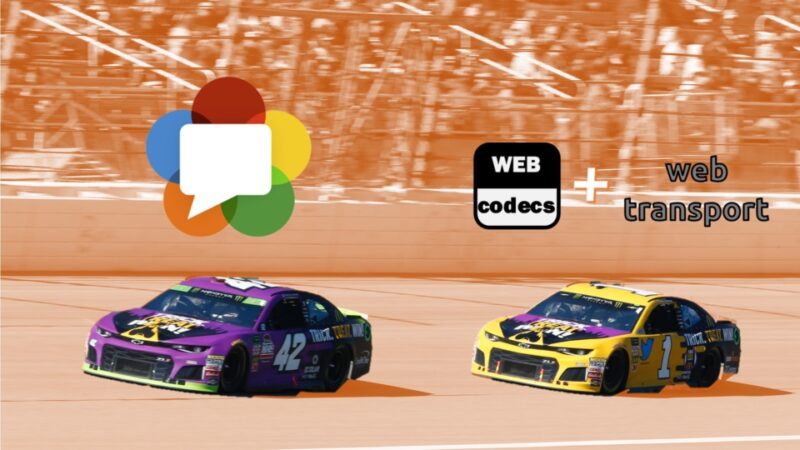Maximizing stream quality on an imperfect network in real-time is a delicate balancing act. If you send too much information then will cause congestion and packet loss. If you send too little then your video quality (or audio) will look like garbage. But how much can you send? One of the techniques used to find […]
Technology
WebRTC cracks the WHIP on OBS
Open Broadcaster Software – Studio or OBS Studio is an extremely popular open-source program used for streaming to broadcast platforms and for local recording. WebRTC is the open-source real time video communications stack built into every modern browser and used by billions for their regular video communications needs. Somehow these two have not formally intersected […]
WebCodecs, WebTransport, and the Future of WebRTC
Explore the future of Real-Time Communications with WebrtcHacks as we delve into the use of WebCodecs and WebTransport as alternatives to WebRTC’s RTCPeerConnection. This comprehensive blog post features interviews with industry experts, a review of potential WebCodecs+WebTransport architecture, and a discussion on real-time media processing challenges. We also examine performance measurements, hardware encoder issues, and the practicality of these new technologies.
Web 上的视频帧处理 – WebAssembly、WebGPU、WebGL、WebCodecs、WebNN 和 WebTransport
Note: Chinese translation thanks to Xueyuan Jia and Xiaoqian Wu of the W3C. See the English version here. W3C Web 技术标准专家 François Daoust 和 Dominique Hazaël-Massieux(Dom)先前与我们探讨了如何使用 WebCodecs 和 Streams 进行实时视频处理。那篇文章重点介绍了如何设置流水线以应付来自摄像头、WebRTC 流或其他来源的视频帧低延迟处理。演示了一些处理示例 — 改变颜色、覆盖图像,甚至是改变视频编解码。引用的其他用例还包括机器学习处理,例如添加虚拟背景。 今天,他们将重点讨论可用于进行实际视频处理的诸多技术选项。有很多技术用来读取和更改视频帧内的像素。他们全面回顾了当前基于 Web 的所有技术选项 — JavaScript、WebAssembly (wasm)、WebGPU、WebGL、WebCodecs、Web 神经网络(WebNN)和 WebTransport。其中一些技术已经存在一段时间,许多则是新出现的。 这是一篇关于与视频分析与操作的文章。感谢 François 和 Dominique 与我们分享他们的研究,测试 Web 上可用的进行视频处理的完整技术目录。 正文内容 视频帧处理选项 使用 JavaScript 像素格式 性能 其他考虑 使用 WebAssembly 演示代码 […]
Video Frame Processing on the Web – WebAssembly, WebGPU, WebGL, WebCodecs, WebNN, and WebTransport
There are a lot of options for reading and changing the pixels inside a video frame. In this post, W3C specialists François Daoust and Dominique Hazaël-Massieux (Dom) review every web-based option for processing video frames on the web available today – JavaScript, WebAssembly (wasm), WebGPU, WebGL, WebCodecs, Web Neural Networks (WebNN), and WebTransport.





